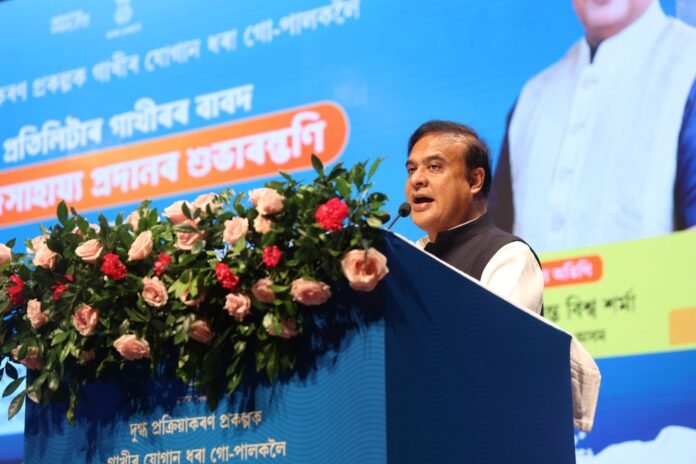The Moran community in Assam began an indefinite economic blockade on September 15, 2025, demanding Scheduled Tribe (ST) status. The protest, led by the All Moran Students’ Union (AMSU), is being enforced across Tinsukia district and has brought movement of oil, coal, tea, and gas trucks to a standstill, leaving many transporters stranded.
Chief Minister Himanta Biswa Sarma has appealed to the Moran community—and five other groups pressing similar demands—to pause their agitation. He warned that continued protests could delay the process of granting ST status further. Speaking in Kokrajhar, Sarma emphasized that work on the applications is moving forward in a “smooth and positive” manner, and stressed the importance of finding a middle ground.
The AMSU justified their blockade citing a long history of broken promises. According to them, although Prime Minister Narendra Modi had promised ST status for six communities—including the Morans—during the 2014 Lok Sabha campaign, that promise has remained unfulfilled for over a decade. Protesters say that despite repeated statements by government officials, there has been no concrete action to include six communities—Moran, Motok, Koch-Rajbongshi, Adivasi (tea tribes), Chutia, and Tai Ahom—in the ST list.
In Tinsukia, the blockade has severely affected local trade. Since early morning of the protest, hundreds of loaded trucks have been stuck on Makum–Forland road. Oil depots and gas plants in the vicinity have suspended operations, and several businesses report losses due to disrupted supply chains. The blockade is also being seen as political pressure ahead of the upcoming Assembly elections.
Sarma has emphasized that protests “will only delay the entire process.” He cautioned that untoward incidents during protests could derail progress. He has repeatedly assured that the government is in constant dialogue with the community organizations, and that proposals are being prepared, with a detailed report expected to be tabled in the state Assembly session in November.
Supporters of the protest argue that patience has already been exhausted. Protests in recent days—including large rallies and torchlight marches in Talap, Kakopathar, Margherita, and Tinsukia—reflect the urgency felt among community members. The Moran Autonomous Council, formed in 2020, is seen by protesters as insufficient, lacking the power and protections that accompany Sixth Schedule or ST status.
Many Moran leaders and activists believe that granting ST status would provide access to reservations in education and employment, and help preserve cultural identity that they fear is under threat. The community has also pointed out that existing socio-economic indicators—poverty, access to resources, land rights—do not match the status of other groups currently recognized as ST.
The government’s response has included verbal assurances and promises of consultation. Officials say assessments are underway, including studies to verify eligibility criteria and socio-cultural standing of the six communities. Yet, community members press for visible action: formal notification, recognition under law, and legislative steps rather than just dialogue.
The situation remains tense. The blockade shows no sign of immediate end unless demands are addressed. If protests continue, they could escalate, affect more supply routes, and increase public pressure. What remains to be seen is whether political urgency and administrative processes will align to deliver ST status before the next election cycle.

























